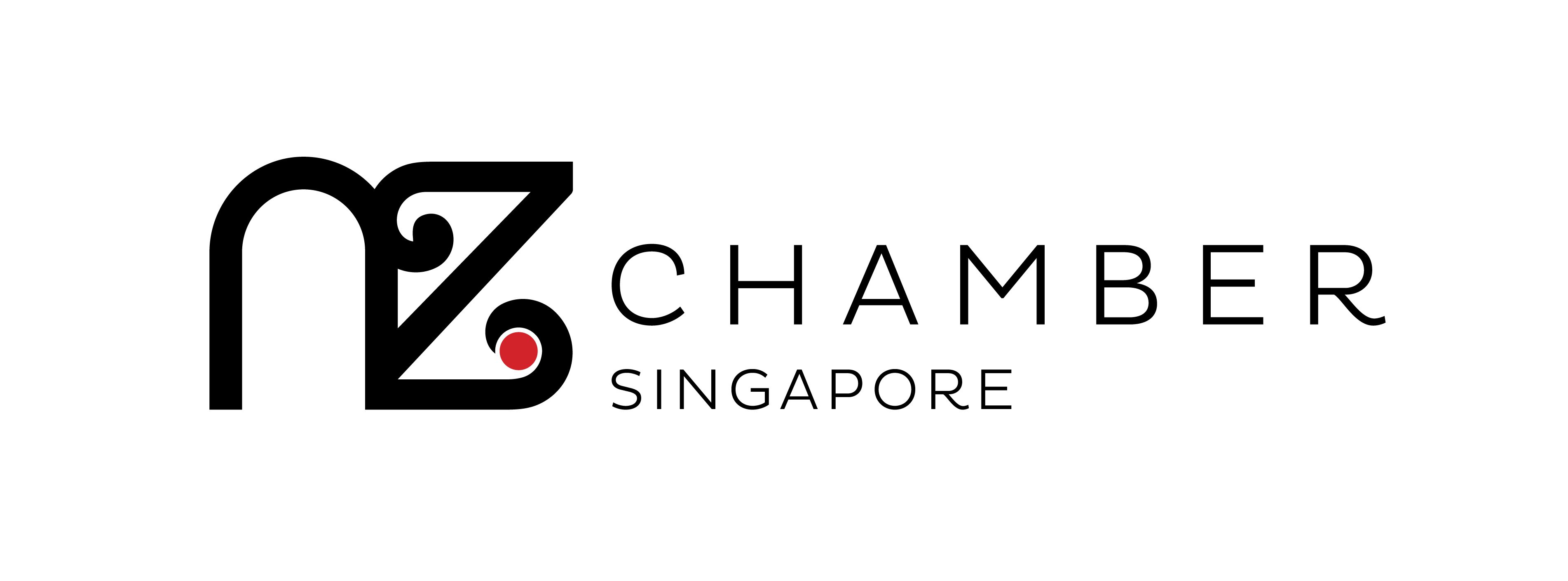Why launching into ASEAN retail is like boarding the Titanic...
Entrepreneur Sara Quilter traveled to Singapore and Kuala Lumpur late February for a trade visit sponsored by the Asia New Zealand Foundation. Having launched Tailor Skincare 6 years ago, Sara is considering her options for expanding into Asia. Here she shares her reflections and insights from the trip.

Entrepreneur Sara Quilter traveled to Singapore and Kuala Lumpur late February for a trade visit sponsored by the Asia New Zealand Foundation. Having launched Tailor Skincare 6 years ago, Sara is considering her options for expanding into Asia. Here she shares her reflections and insights from the trip.
Why launching into ASEAN retail is like boarding the Titanic...
Launching into bricks and mortar retail is like boarding the Titanic. It’s glitzy, glamourous, expensive and it’s slowly sinking. Ok yes, I just made some whooping accusations here!! Please let me explain….
Late 2018 I applied for a trade visit to Kuala Lumpur and Singapore with the Asia New Zealand Foundation and was one of the lucky few entrepreneurs who was invited to attend. This was my first ever experience in any ASEAN market and I’m excited to share a few insights gained during this whirlwind trip.
But before I do, here’s a little picture painting of me. I’m Sara Quilter and I started a natural skincare business called Tailor Skincare. I launched the business with the financial backing of my minimum wage support worker salary which I used to purchase a Kenwood cake mixer, a bag of clay along with a second hand Macbook Pro. Six years on Tailor Skincare has an online community totalling over 100,000 subscribers and last year Tailor launched into a few key retail channels in NZ including Farmers. In short, it’s safe to say that eCommerce is my jam and I’m relatively new to the bricks and mortar retail environment.
So here’s my simple overview of a complicated landscape.
After meeting with several distributors in Singapore I felt like I was between a rock and a hard place, especially being a small business. A popular way to enter a new market is to find a distributor who can also sell your products. The distributor will take a 15-30% margin, depending on how you negotiate the P&A budget (The Promotions and Advertising budget). They then on sell your products to a retailer who will likely want a margin upwards of 50%. So when you start to break things down and factor shipping into the equation you quickly realise that you’re playing the volume game if you want to turn a profit. This is fine and it’s a game I want to play, but I want to ensure the path to play is a sustainable one.
To throw a spanner into the works it’s not uncommon (it’s more like the norm in Singapore) for retailers to hold stock “on consignment” and not pay up front. The distributor is likely to want to pass the final payment risk back to you, “the brand owner”, which leaves you weighing up the risk. Let’s say you decide to take this risk and agree to the “on consignment terms” and you sit back and cross your fingers that the detailed P&A plan you scoped out with the distributor will be effective!! Plus you hope all of the market research you did rests upon valid assumptions and that you’re not missing some vital piece of the puzzle!! You do all this as you kiss direct contact with your customers goodbye and wait for 6 or so months and hope for payment at some undetermined time. Once the retailer sells your stock they will pay your distributor on a 60-90 day payment term and then the distributor pays you (only for the stock SOLD, not the stock SENT). Which means in all reality you’ll probably be waiting around 6 months until all of the sales from your consignment have been recovered. Obviously you can negotiate better terms (like payment up front) but when you’re a little guy hoping to crack the market, the negotiation power lies with the heavy weights.
So your option is to find a smaller distributor and grow with them OR turn to eCommerce.
Singapore is one of the most connected nations in the world! On my flight to Singapore I grabbed a copy of the Straits Times (Tuesday, Feb 19, 2019) and plastered across the front page along with a double page spread in the business section was an article from the Finance Minister Heng Swee Keat about his plans on “helping Singapore thrive in a rapidly changing global environment” and one of the ways he plans on doing this is by catalyzing loans for SME’s wanting to go digital, he has already mobilized 2.5 billion in investment and there’s another $1.8 billion said to be available under the Enterprise Financing Scheme. This is a clear signal that Singapore sees digital channels as the future.
This move towards digital was further backed up by a conversation I had with a global cosmetics distributor. He openly stated to me; we need a 30% margin and expect a RRP on par with what you offer to your NZ Customers, in order to get you into stores here. However his next point was that the large retail chains are in decline by 5-10% per year which means, to stay alive in this space, you’re facing some of the most cut throat competition on the planet.
So in a simplistic summary, the bricks and mortar retail environment can be compared to a large ship which many brands wish to board. However, this ship is slowly sinking year on year, much like the Titanic.
That said, consumers are still shopping! Where are they going? How is their shopping behaviour changing? More and more customers are shopping online (hello captain obvious!!).
So my logic is that you have two options, partner with an online giant like redmart/Lazada (the ASEAN Amazon) or drive traffic to your own eCommerce platform. Each option comes with it’s pros and cons.
Let’s look at going it alone for a moment. You’re choosing to drive traffic to your eCommerce platform and this can be expensive. On a positive note, you get to own your customer data including their email, which is a valuable asset if you ask me. However you’re then competing for digital ad space in an ultra crowded market, so you better ensure you have unsinkable creative which stands out in an ocean of social scrolling.
Alternatively, you could partner with the likes of Lazada or Redmart, as NZTE in Singapore are urging NZ businesses to do. In fact, they are about to do a market test showcasing a variety of New Zealand brands. The upside of this is that, in a crowded market of super powered ships, collaboration does become the new competition and banding together to create a larger entry or “NZ store”, is a way to stand out.
This does resonate with me because, you’ll catch the organic traffic coming to the platform in search of a product like yours and because you’re partnered with other similar businesses, your “store within the store” will stand out.
It’s about making the decision, do you want to steer your own ship by owning your customer data, or do you want to go with the flow and jump on a wave which could take you further but lose direct contact with your crew/your customers?
If you have any questions you can reach me over on sara@tailorskin.co
Alternatively please visit my website www.tailorskin.co

